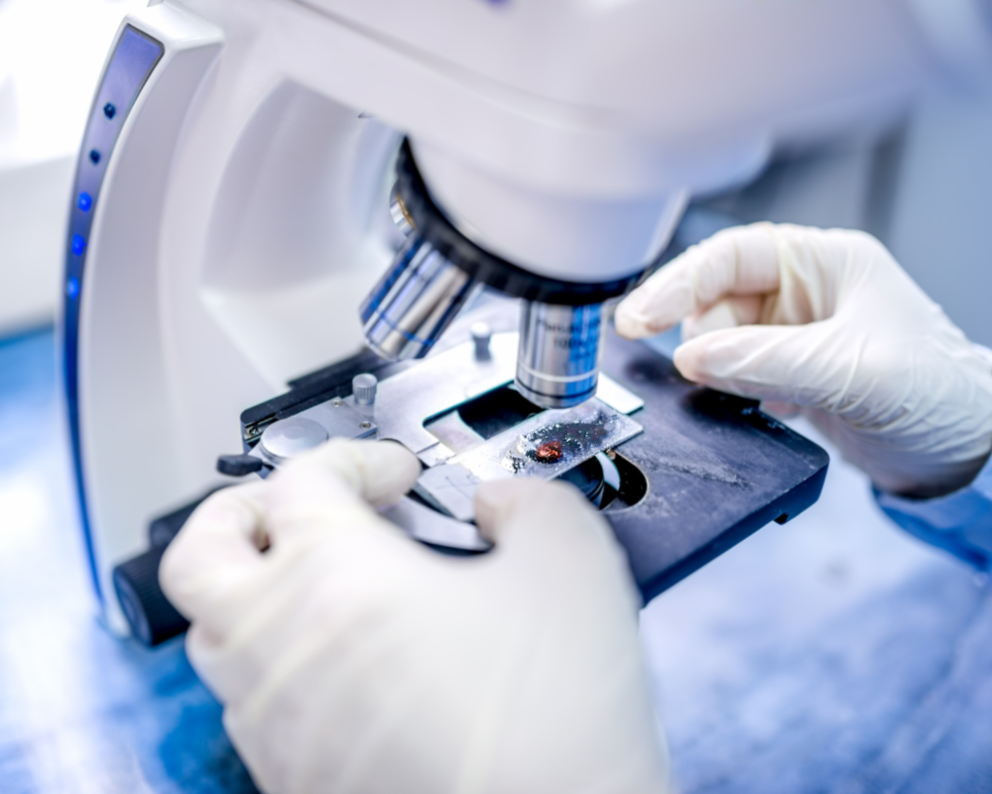
Researchers from San Raffaele Hospital and University have identified key steps in the pathogenesis of the disease in mouse models and identified a potential therapy to reduce neurodegeneration
The researchers of the Vita-Salute San Raffaele Hospital and University, coordinated by Dr. Francesca Maltecca, group leader of the Mitochondrial dysfunctions in neurodegeneration research unit of the IRCCS San Raffaele Hospital, have identified, in preclinical models, the molecular cause of the degeneration of Purkinje neuronsin a rare neurodegenerative disease, ARSACS.
The research, just published in the JCI Insight journal, also demonstrates how the administration of Ceftriaxone, a drug already in use as an antibiotic, which has a known neuroprotective effect, is able to stop neurodegeneration and neuroinflammation in the ARSACS mouse model by interfering with the molecular mechanism identified by the researchers.
/resolutions/res-l1920x10000/Maltecca_Atassia_ARSACS_UniSR-(2).jpg)
ARSACS disease
ARSACS - the autosomal recessive spastic ataxia of Charlevoix-Saguenay - is a pediatric neurodegenerative disease characterized by motor coordination and balance problems (ataxia), spasticity and peripheral neuropathy. The disease was initially identified in Quebec, Canada, where the prevalence is extremely high (1:2000), but to date more than 200 mutations in the SACS gene have been identified worldwide (including Italy), making ARSACS the second most common recessive ataxia after Friedreich's ataxia.
The SACS gene encodes sacsin, an enormously-sized protein with as yet unknown function, highly expressed in Purkinje neurons, some of the largest neurons in the human brain, located in particular in the cerebellum, which regulate complex and coordinated movements. ARSACS patients, as well as mouse models, show early degeneration of Purkinje neurons. To date, the molecular cause of ARSACS is not understood and there is no therapy.
/resolutions/res-l1920x10000/Maltecca_Atassia_ARSACS_UniSR-(1).jpg)
The study
In this study, through combined in vivo and ex vivo approaches, the researchers investigated the mechanisms leading to the degeneration of Purkinje neurons in ARSACS and, on this basis, tested the first pharmacological treatment in the mouse model of the disease.
Dr. Maltecca says:
“We discovered that sacsin regulates some specific proteins of the cytoskeleton (the cellular scaffold), in particular those responsible for the movement of some cellular organelles (mitochondria and endoplasmic reticulum). When sacsin is dysfunctional or absent, there is a severe deregulation of organelle transport in Purkinje neurons, resulting in pathological alteration of calcium homeostasis. In addition, combined proteomics and transcriptomics studies revealed the deregulation of proteins involved in calcium regulation in the cerebellum of diseased mice."
Based on this pathogenic cascade, the researchers administered Ceftriaxone, a neuroprotective drug that reduces calcium fluxes in Purkinje neurons, to mouse models of ARSACS.
0/resolutions/res-l1920x10000/Maltecca_Atassia_ARSACS_UniSR-(2)0.png)
“The treatment proved to be effective: we observed significant improvements in the motor performance of the mice in both the pre- and post-symptomatic stages. We correlated this effect with a restored calcium homeostasis, which arrests the degeneration of Purkinje neurons and attenuates the resulting neuroinflammation. These results reveal new key steps in the pathogenesis of ARSACS and further support the optimization of the drug Ceftriaxone in the preclinical and clinical settings for the treatment of ARSACS patients”
says Dr. Maltecca.
Currently, the treatment of the disease is only symptomatic and focuses on the control of spasticity through physiotherapy, pharmacotherapy and the use of hip-foot prostheses. San Raffaele Hospital together with the IRCCS Stella Maris of Pisa is conducting a history study of the disease in ARSACS patients (parallel in mouse models) supported by the Ministry of Health, to better trace the progression of the disease in anticipation of future clinical trials.
“We hope to continue on this path. The next steps of the research will concern further investigations of the new data obtained to identify other therapeutic targets and the optimization of Ceftriaxone in preclinical trials"
concludes the researcher.
You might be interested in

The microbiome as an ally against myeloma

Intrecci: a UniSR project for more inclusive and accessible cancer diagnosis

A New Approach to Enhance Immunotherapy in Multiple Myeloma
/resolutions/res-c660x528/Pensa_Aorta_Congresso_UniSR-(3).png)
